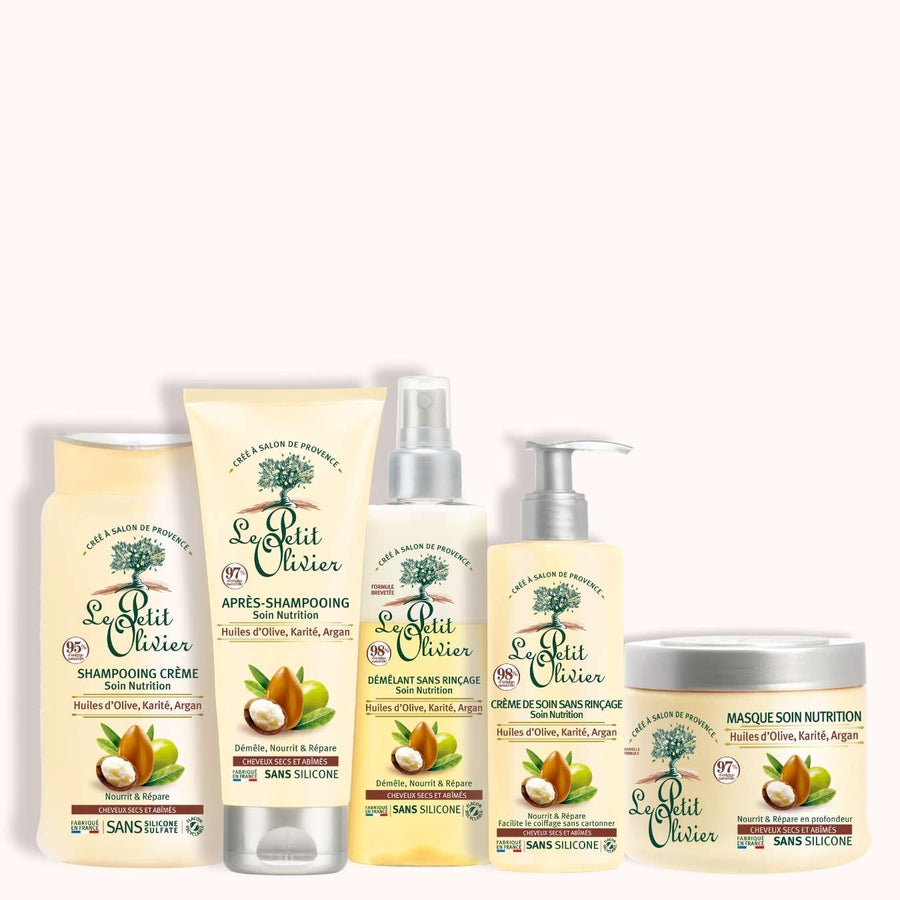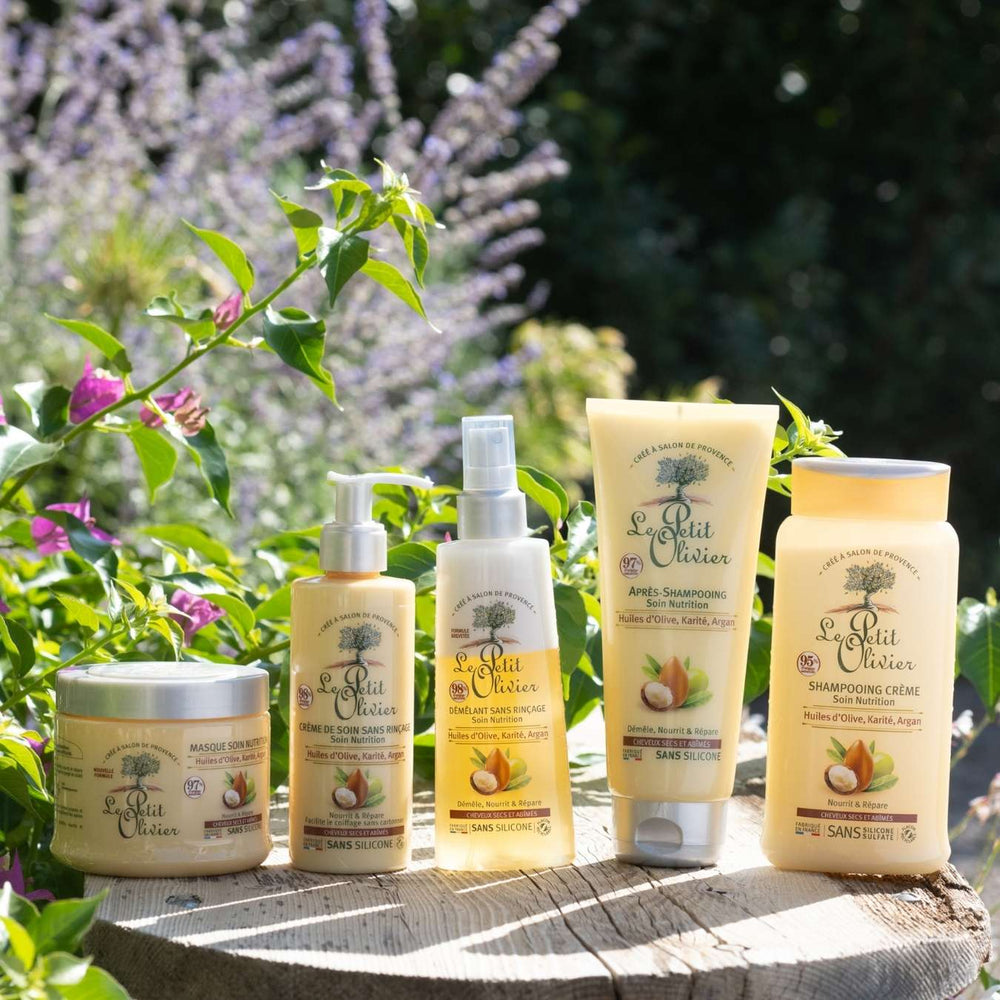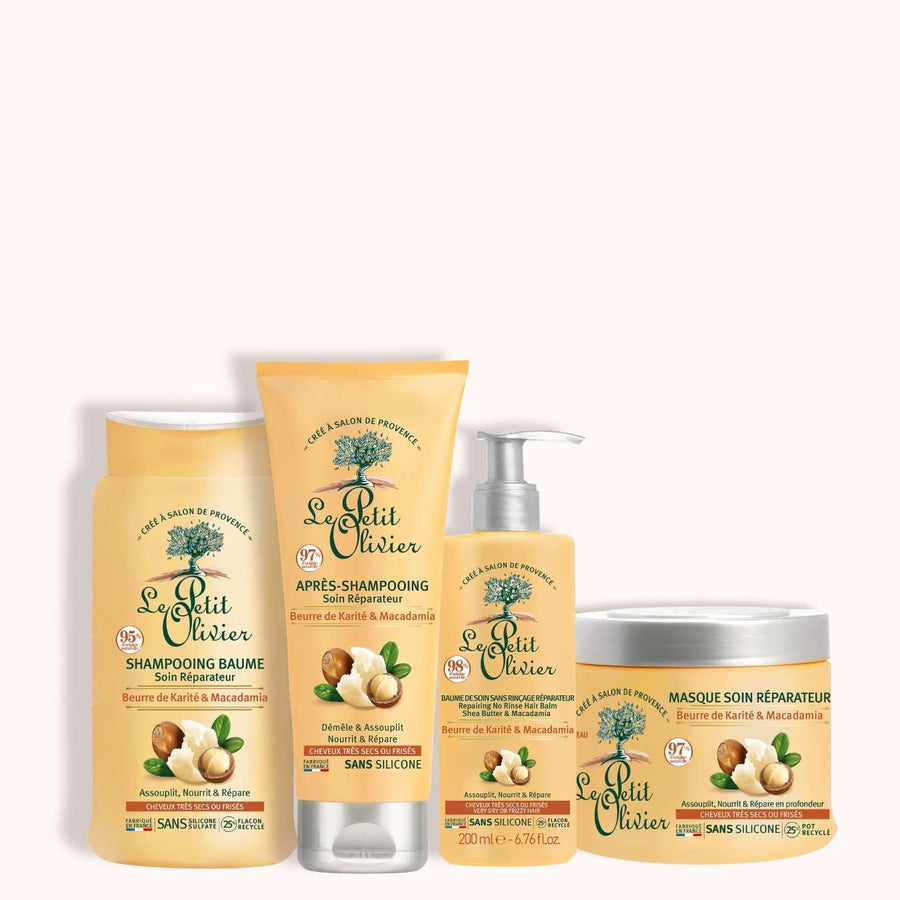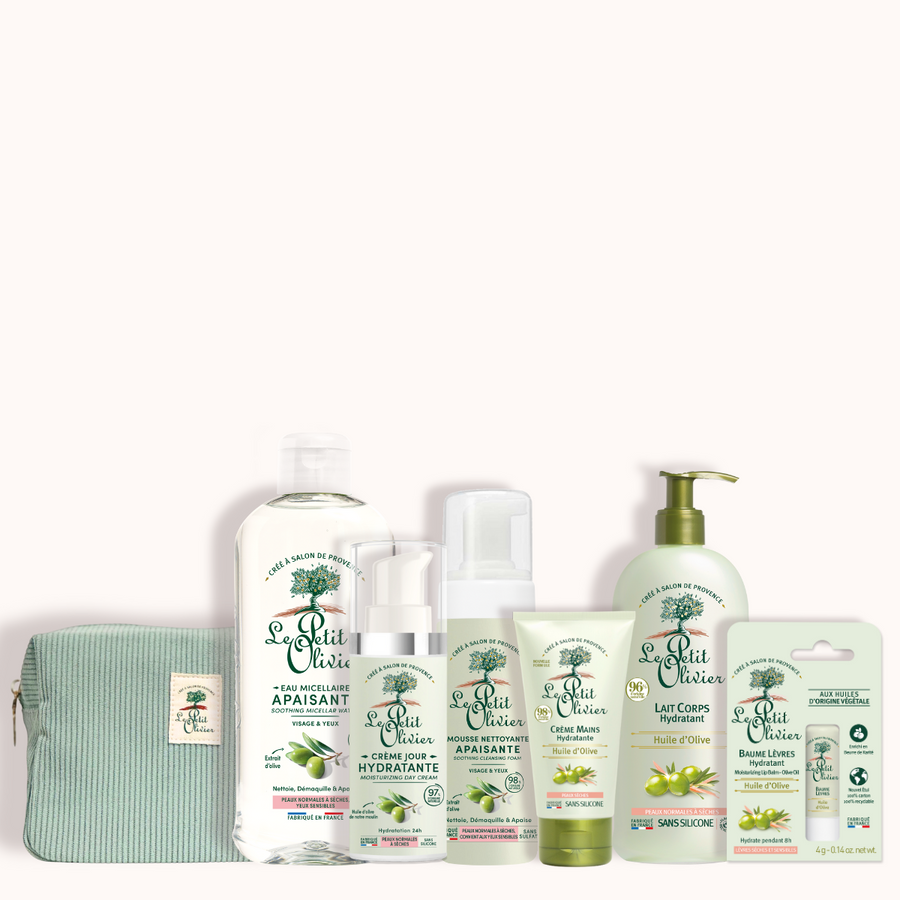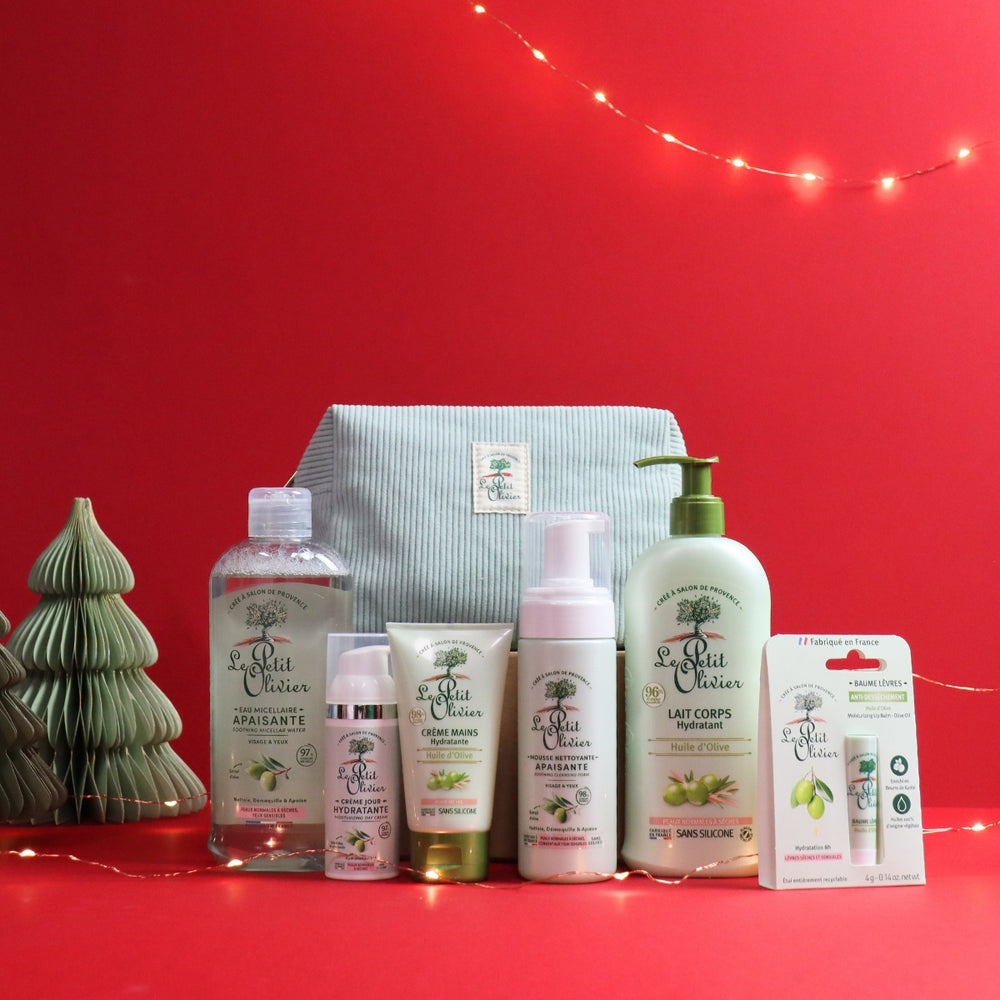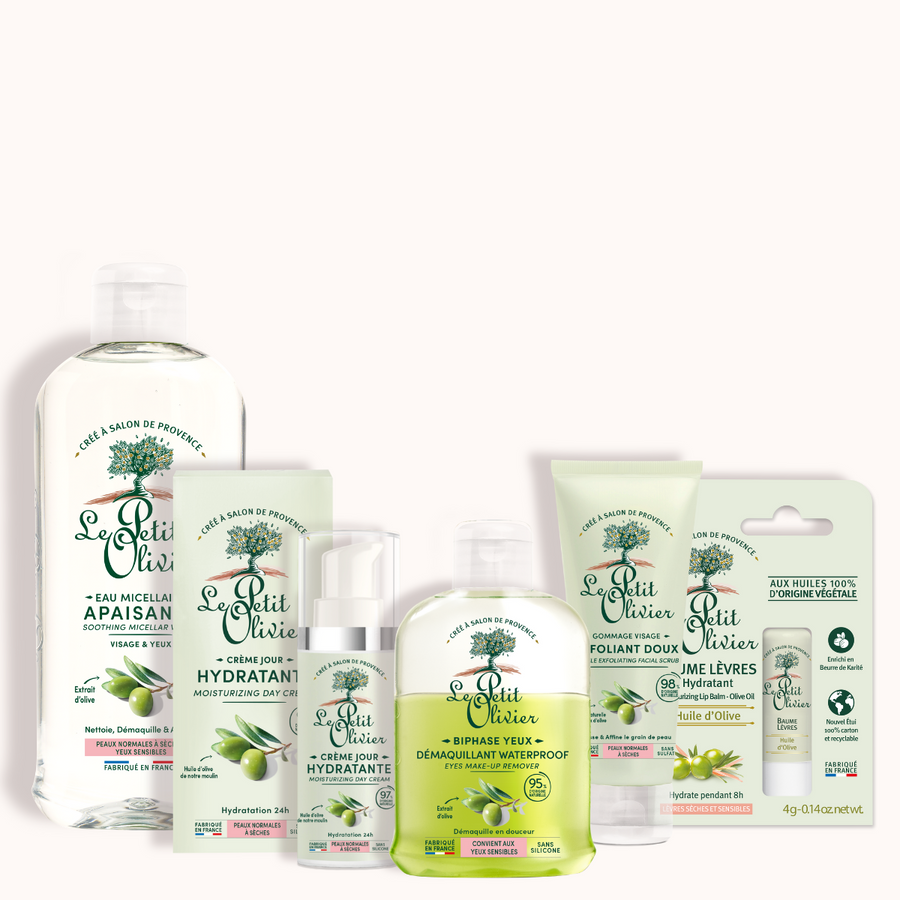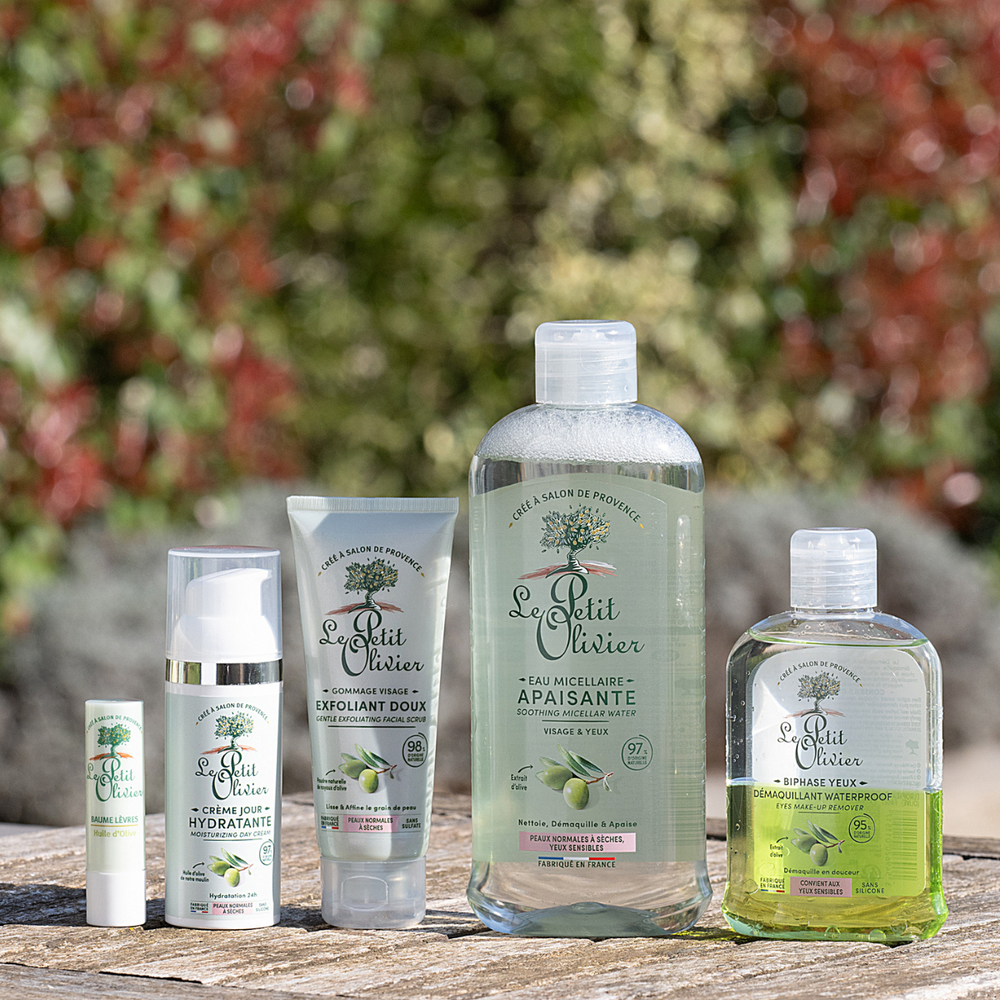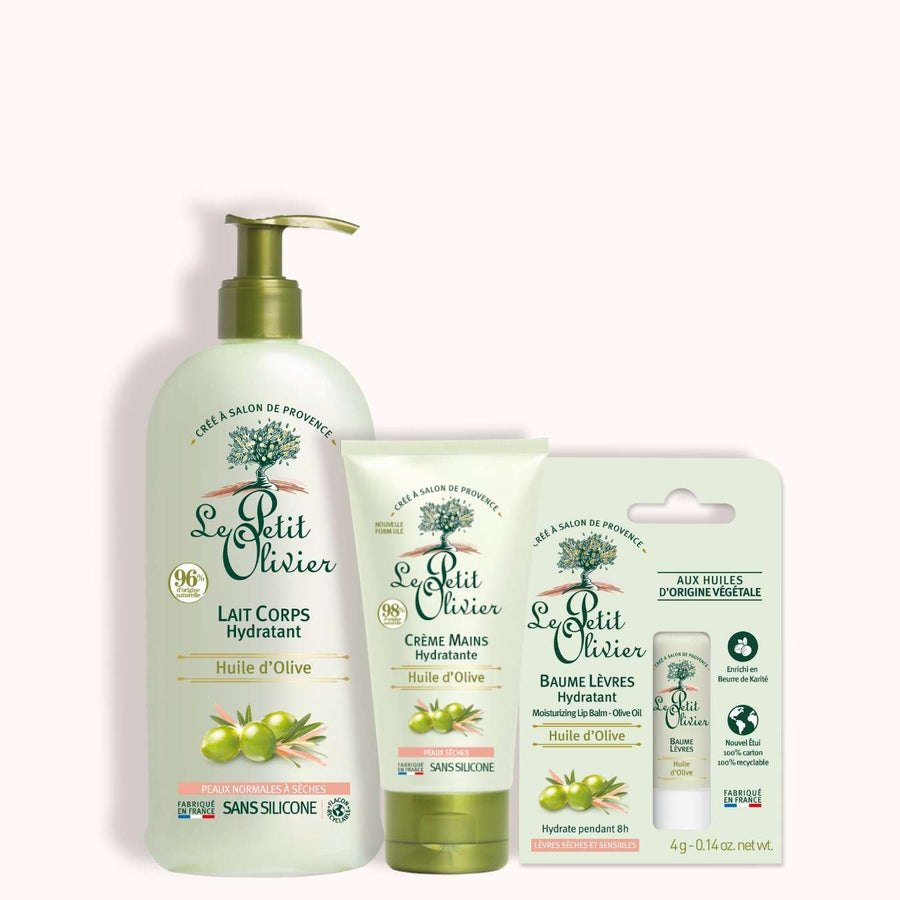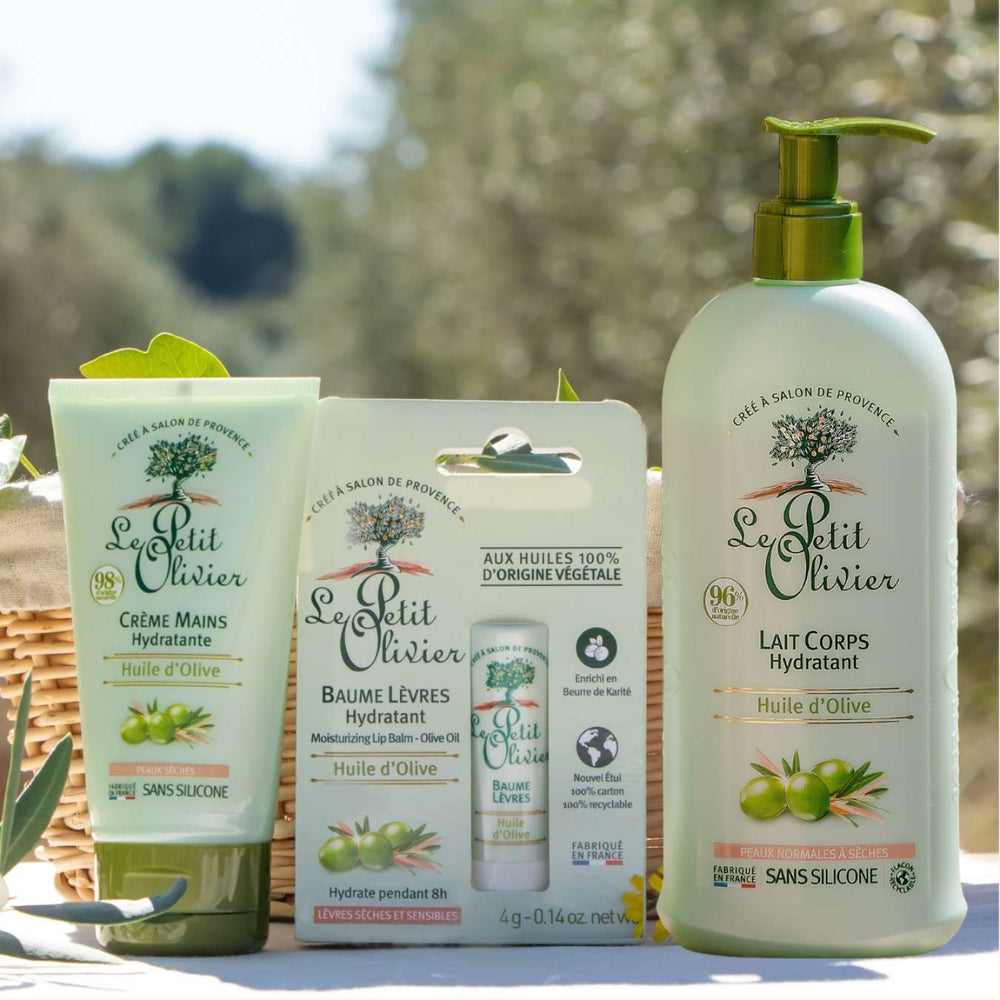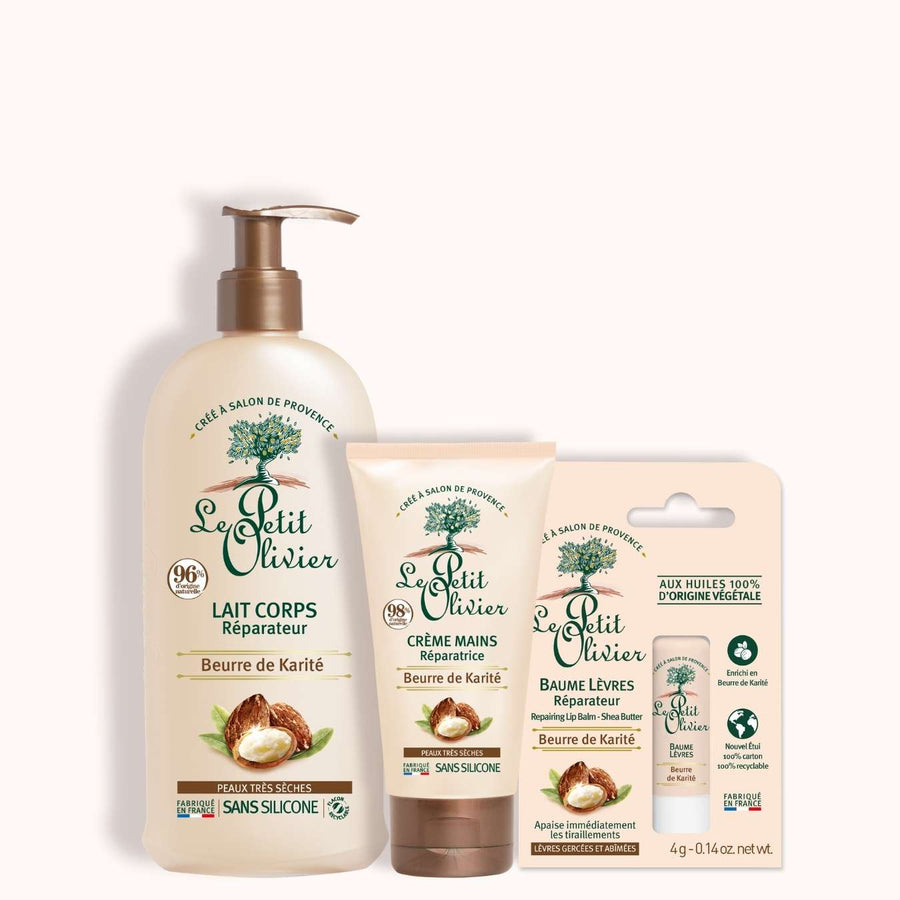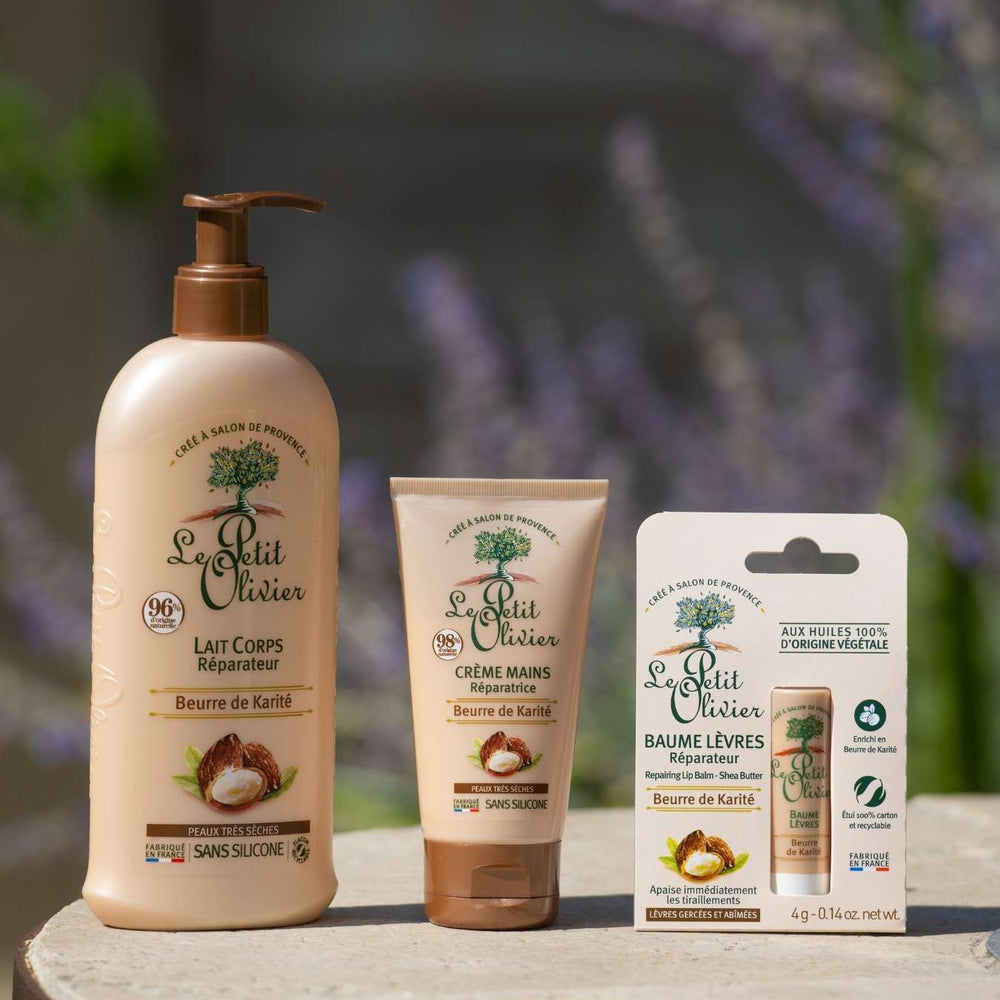Can conditioner protect hair against breakage?
Hair breakage is a common concern for many of you, and understanding how to deal with it effectively is essential. Hair detangler presents itself as a potential ally in this quest, but can it really protect your strands from breakage? Before diving into the technical details, it's worth considering the benefits of using a hair detangler, taking into account the main causes of this hair phenomenon and the signs that your hair may be vulnerable.
Next, we'll explore how detanglers work: their mechanism of action and their specific role in reducing tangles. Finally, we'll look at the different types of detanglers available on the market, and the precautions to be taken when using them. As a result, you'll be better equipped to choose the right product and adopt appropriate hair care practices to preserve the strength and integrity of your hair.
Understanding hair breakage
The main causes of hair breakage
Hair breakage, the scourge of the hair, is often the result of a combination of mechanical and environmental factors. Hairstyles that are too tight, such as braids or strict buns, exert excessive tension on hair fibers. This repeated pulling weakens the hair's protective cuticle, leading to cracks and breakage. What's more, the frequent use of heated tools accentuates this vulnerability by dehydrating the hair and altering its internal structure.
Exposure to aggressive chemicals during coloring or straightening also contributes to weakening the hair fiber. These treatments can cause an imbalance at the cuticle-cortex interface, making hair more susceptible to breakage. Finally, external elements such as the sun or wind exacerbate these phenomena by causing progressive erosion of the hair surface.
Signs that hair is prone to breakage
Detecting the first signs of breakage is essential to prevent irreversible damage. If you notice a rough texture when running your fingers through your hair, or if your hair breaks easily when brushed, it's time to act. Split ends are another early indicator of advanced cuticle degradation.
Other signs include a noticeable loss of volume and a dull appearance that doesn't improve with a simple wash. You may also notice that your hair is not falling out at the roots, but breaking off at mid-length. This phenomenon is often accompanied by increased difficulty in detangling your hair without causing further breakage.
How the hair conditioner works
Composition and mechanism of hair conditioner
A true ally in your hair routine, hair detangler stands out for its ability to transform tangled hair into a silky cascade. But how does it really work? Its formula is based on carefully selected active ingredients that wrap each hair fiber in a protective film. This film smoothes the cuticle, reducing friction and making it easier for strands to slide together.
These active ingredients often include conditioning agents. These compounds play a crucial role in neutralizing static electricity, responsible for the "electric hair" effect.
Detangler is generally applied to wet hair after shampooing. By distributing the product evenly with a wide-tooth comb, you optimize the distribution of active ingredients while minimizing the risk of breakage during styling. This essential step not only preserves your hair's natural softness and shine, but also prepares it for subsequent treatments.
How detangler helps reduce tangles
Have you ever felt frustrated by untamable hair? Detangler intervenes precisely where knots accumulate, often at the ends and in areas where friction is at its highest. Thanks to its light, fluid texture, it easily penetrates the hair fiber without weighing it down or making it greasy.
The detangler's lubricating action facilitates combing or brushing, avoiding excessive pulling that weakens your strands. For those with curly or frizzy hair, this product becomes indispensable: it preserves the natural elasticity of curls while gently untangling each strand.
By incorporating a detangler adapted to your hair type into your daily beauty routine, you not only help to significantly reduce the time you spend in front of the mirror, but also provide your hair with lasting protection against external aggressors. Don't forget that every gesture counts to enhance your hair day after day!
The protective role of conditioner against breakage
The influence of conditioner on hair strength
Hair detangler doesn't just make styling easier; it also plays a crucial role in protecting and strengthening your strands. By enveloping each hair in a silky veil, it helps to smooth hair scales, reducing the friction that often leads to breakage. Imagine an invisible shield that preserves your hair's integrity with every brush stroke.
Regular application of a suitable conditioner not only maintains essential moisture at the heart of hair fibers, but also minimizes damage caused by external aggressors such as wind or pollution. For those with fragile or damaged hair, this is an essential step in gradually restoring its natural strength.
In addition, by strengthening the cohesion between cuticles, detangler plays an active role in preventing split ends and other visible signs of hair degradation. As a result, you may notice a noticeable improvement in your hair's elasticity and suppleness after just a few uses.
Studies and testimonials on the effectiveness of conditioner
Numerous studies have highlighted the effectiveness of detanglers in reducing hair breakage. For example, research conducted by an independent laboratory showed that regular use of a conditioner formulated with specific active ingredients could reduce the risk of breakage during daily styling by up to 50%.
Testimonials also abound on this palpable effectiveness: many report softer, less knot-prone hair after making this product part of their hair routine. One user even confessed to having regained her self-confidence thanks to her now shiny, strong hair.
Some people also stress the importance of choosing the right type of detangler for their hair texture: whether it's a lightweight formula for fine hair or an enriched version for thick curls, it's essential to adapt the product to your specific needs in order to achieve optimal results.
So, if you're still hesitating to take the plunge into regular conditioner care, these data may well convince you that this simple gesture can transform your daily hair experience for good.
Types of detanglers and their effectiveness
Detangling sprays, creams and masks: differences and uses
In the world of hair care, choosing the right conditioner can make all the difference to your hair. Detanglers come in a variety of forms, each with its own particularities and advantages. Spray detanglers are ideal for those looking for a quick, lightweight solution. Easy to apply to wet or dry hair, it offers immediate action without weighing hair down. You may appreciate its practicality for those hurried mornings when every minute counts.
Cream conditioners, on the other hand, provide more intense hydration. Their creamy texture deeply nourishes hair fibers, which is particularly beneficial for dry or damaged hair. By applying this type of product after shampooing, you give your hair a veritable bath of softness.
Finally, detangling masks are designed for hair in need of intensive repair. These concentrated masks work for just a few minutes to bring strength and suppleness to stubborn strands. They are often enriched with specific active ingredients that target damaged areas to restore the hair fiber as a whole.
Choosing the right conditioner for your hair type
Selecting the right detangler is not a matter of chance; it must be chosen according to your hair type to ensure maximum effectiveness. If you have fine hair, opt for a lightweight spray that won't weigh down your style while making daily styling easier.
For those with thick or curly hair, opt instead for a rich cream or nourishing mask capable of softening each rebellious strand without compromising natural volume. Such a choice will also preserve curl elasticity while preventing unwanted frizz.
Precautions to take when using a conditioner
Recommended frequency of use to avoid adverse effects
The judicious use of detangler can transform your hair routine into a moment of pleasure and care. However, over-application can lead to the opposite of the desired results. So what's the right frequency? To preserve your hair's natural balance, we recommend that you use conditioner after each wash, i.e. around two to three times a week, depending on your hair type and personal habits.
Fine or fragile hair may benefit from more moderate use, to avoid overloading the hair fiber. On the other hand, thick or curly hair may require more regular application to maintain suppleness and avoid stubborn knots. Listen to your hair: if it starts to look dull or weighed down, consider spacing out applications.
Alternatives and complements to conditioner to prevent breakage
Additional hair care to strengthen hair
In addition to detangling, certain hair care products can play a decisive role in strengthening your hair. Among these, weekly nourishing masks prove to be invaluable allies. Enriched with revitalizing active ingredients, they penetrate deep into the hair fiber to restore its internal structure. Applying a mask after your favorite shampoo could transform your tired hair into a resplendent mane.
Hair oil is another interesting option: a few drops are enough to bring shine and softness while protecting against breakage. Opt for lightweight oils that won't weigh your hair down, but offer long-lasting protection against the elements.
Practices and habits to minimize hair breakage
Adopting certain practices can considerably reduce hair breakage on a daily basis. Firstly, air-dry your hair rather than using a hair dryer or straightening iron. Excessive heat alters the cuticle and weakens individual strands, so let your hair breathe as much as possible.
Have you ever considered changing your brushing method? Use a boar bristle brush or a wide-tooth comb to gently detangle without pulling on your strands. Start with the ends and gradually work your way up to the roots to avoid unnecessary tension.
During the night, remember to tie your hair in a loose braid or use a satin pillowcase to minimize friction during sleep. These simple gestures contribute significantly to preserving the integrity of your hair throughout the night cycle.
Finally, take regular breaks between colorings or aggressive chemical treatments to give your scalp and lengths the time they need to regenerate naturally.
We recommend these other pages:
